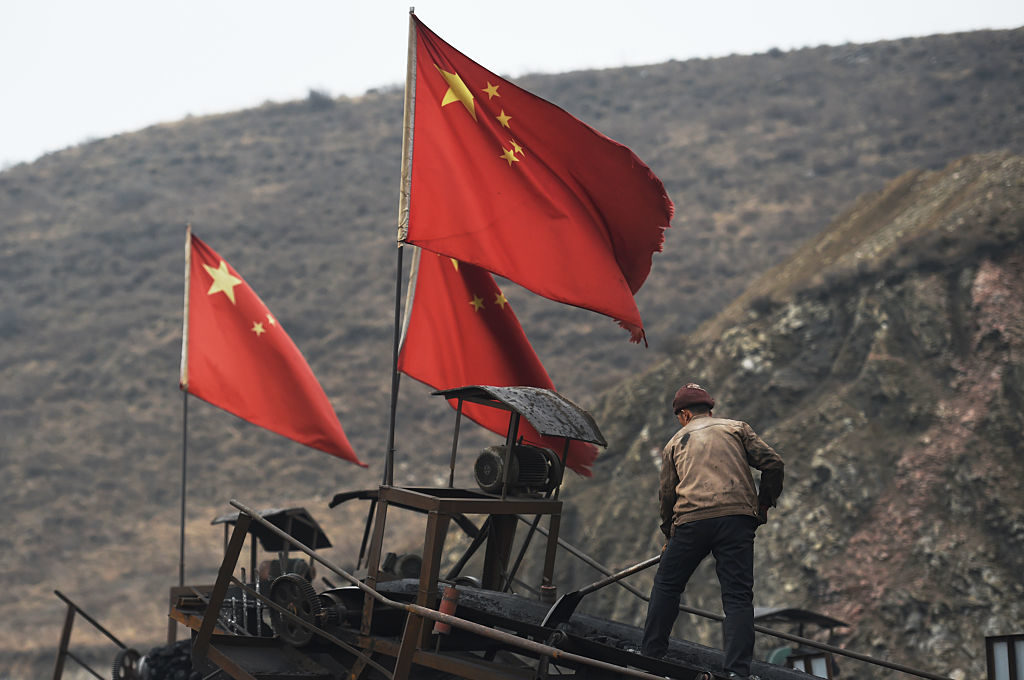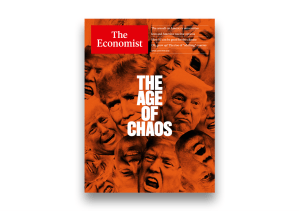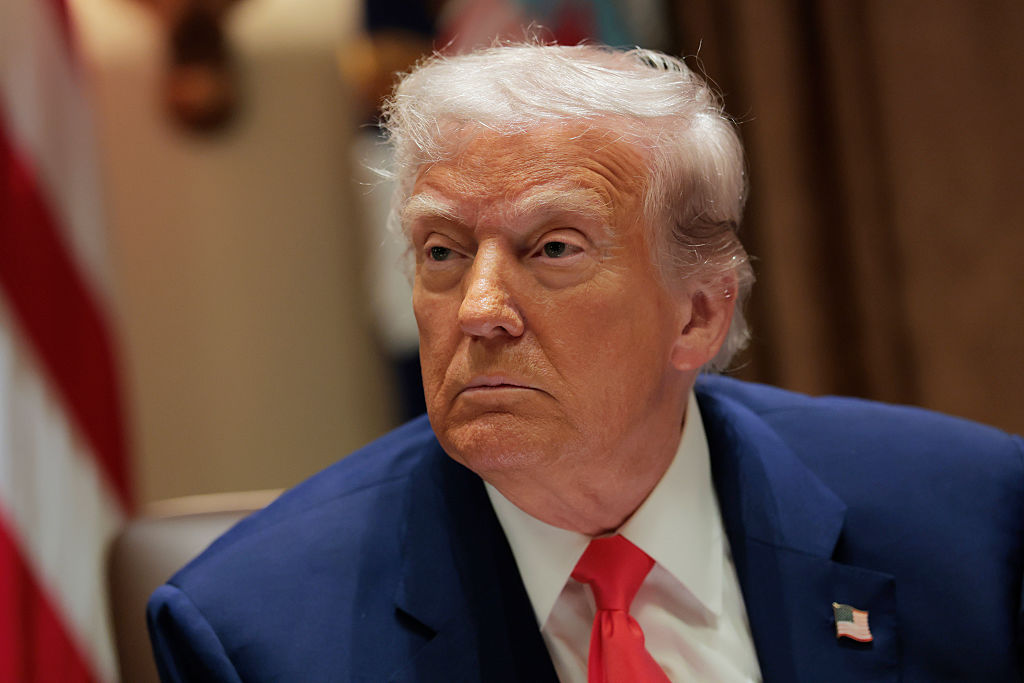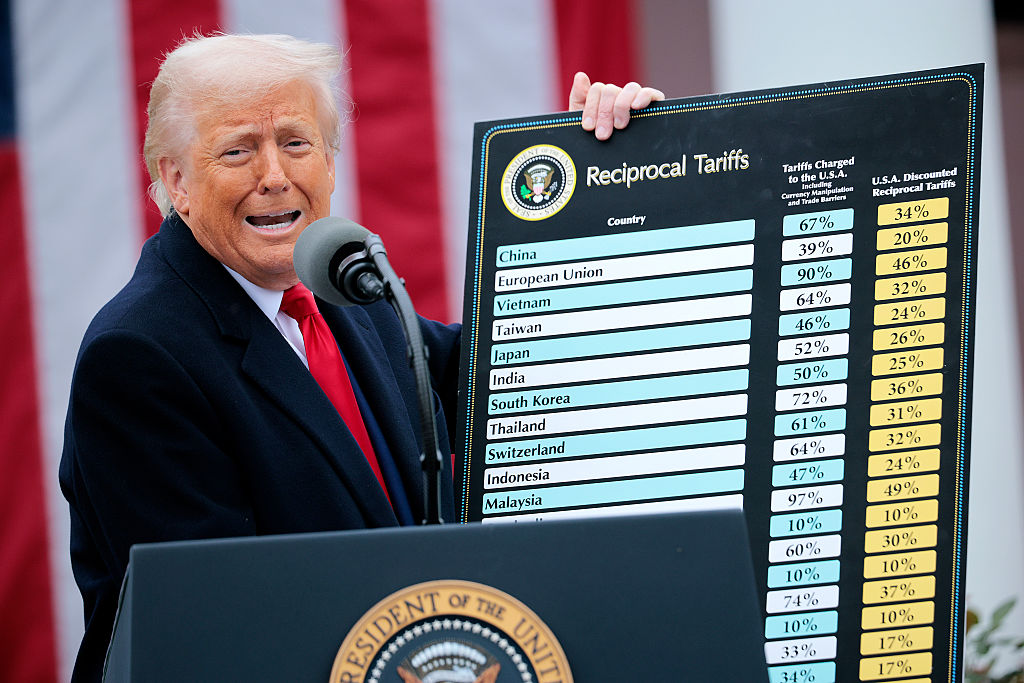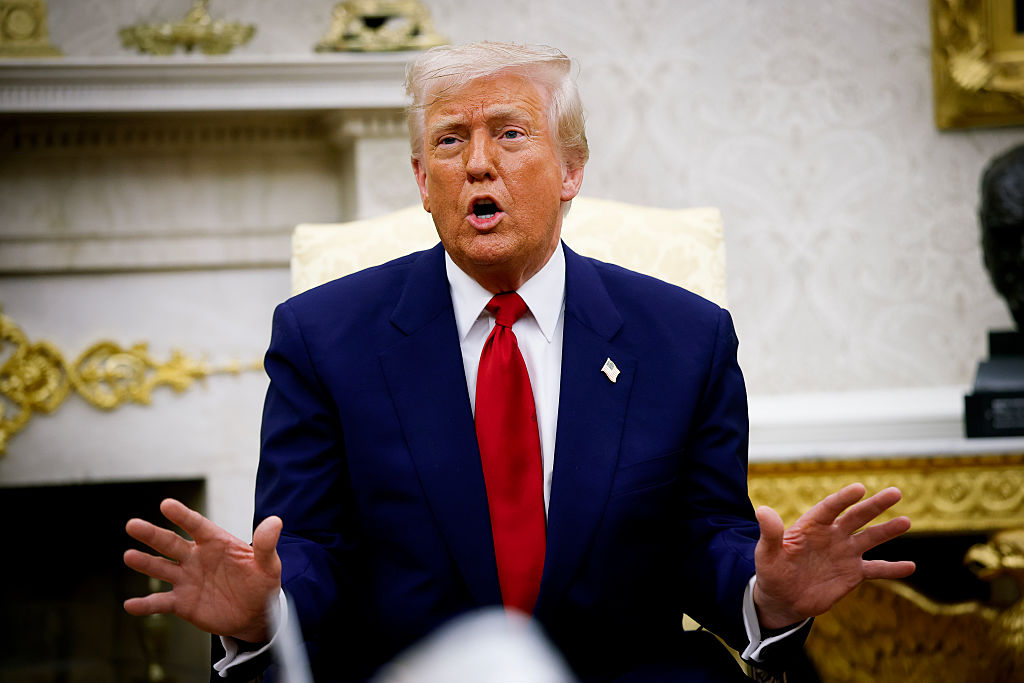Few cities in China represent the country’s addiction to coal more than Tianjin. It sits on the coast of one of China’s most polluted regions, and its port is a key hub for trading 100 million tons a year of the stuff.
Chinese coal consumption is on track to increase this year by around 10 percent. To meet that demand, vast new open cast pits are being rushed into service in Inner Mongolia, China’s biggest coal production region, from where supplies are brought down the coast to Tianjin. Alok Sharma MP, the president of the United Nations COP26 climate summit this November, headed to Tianjin this week. He might have caught a glimpse of the vast port, the piles of coal, or the traffic jam of ships waiting to dock, as he flew in. If so, it will have presented a far clearer picture of China’s commitment to a ‘sustainable future’ than the empty platitudes and vague promises of his hosts.
China has pledged that its greenhouse gas emissions will reach their highest point before 2030 and the country will reach carbon neutrality before 2060. Sharma would like China to bring its targets forward. At the very least he was looking for more detail from special representative for climate change affairs, Xie Zhenhua, as to how China will achieve its targets. He got none — because China is taking a big leap in the opposite direction.
China is the world’s biggest polluter, responsible for 27 percent of global emissions of greenhouse gases — and that’s about to get worse. It is opening new coal-fired power stations and increasing emissions at an annual rate that is greater than the savings of the rest of the world put together. Last year, coal plants with a combined capacity of 37.75 gigawatts were retired globally, more than half in the United States and European Union, according to an analysis by Global Energy Monitor, which analysis fossil fuel trends. During that time, China opened 38.4 gigawatts of new plants — that’s three times more new coal fired capacity than the rest of the world combined.
China has refused to budge on its target dates and refused to give detail as to how it intends to achieve them. This week, a prickly editorial in Global Times, a Communist party tabloid, said:
‘China has already announced its own climate road map and will stick to its own pace.’
Meanwhile, China is currently building new coal plants at more than 60 locations across the country, and local authorities are planning for still more. Far from providing a plan to work towards its 2030 ‘peak emissions’ date, it is as if China sees this as a finishing line in a race to build as many coal-burning plants as possible. It’s a construction frenzy that makes a mockery of the efforts of the rest of the world to reduce emissions.
The only bright spot is an apparent reduction in the number of new coal plants that China is financing in developing countries as part of its Belt and Road Initiative. This fall off appears to be more a result of the soaring price of coal and concern over debt than a change in Chinese policy, although Beijing might well present it as a concession.
China certainly talks the talk on clean energy and sustainability. It does generate more energy from solar power than any other country, and is seeking to corner the global market in many green technologies. But fossil fuels still account for 85 percent of energy used, and coal represents 57 percent of that.
Three days before Sharma’s visit, John Kerry, the US climate envoy, had his own meetings in China — also in Tianjin, which provided a useful insight into China’s tactics. Kerry had hoped that climate issues, of such critical importance to the whole world, could be divorced from prickly bilateral tensions. Wang Yi, China’s foreign minister told him to forget it, that climate cooperation could not be separated and that the US should ‘cease containing and suppressing China in the world.’
This suggests that China is prepared to hold its cooperation on climate issues hostage to concessions elsewhere. If that’s the case, Western negotiators should be very wary. Those who have sat opposite Chinese officials during negotiations over trade, cyber espionage and much more will be familiar with the tactics: playing the victim, veiled threats, vague promises, a lack of detail in any concessions — and ultimately ignoring any agreement reached.
Former president Barack Obama, a strong advocate of engagement with China, wrote in his memoir, A Promised Land, that China’s economic rise has seen Beijing ‘evading, bending, or breaking just about every agreed-about rule of international commerce’. China has been a master of gaming that system to its advantage. It is naive to think that climate issues are any different.
This article was originally published on The Spectator’s UK website.



